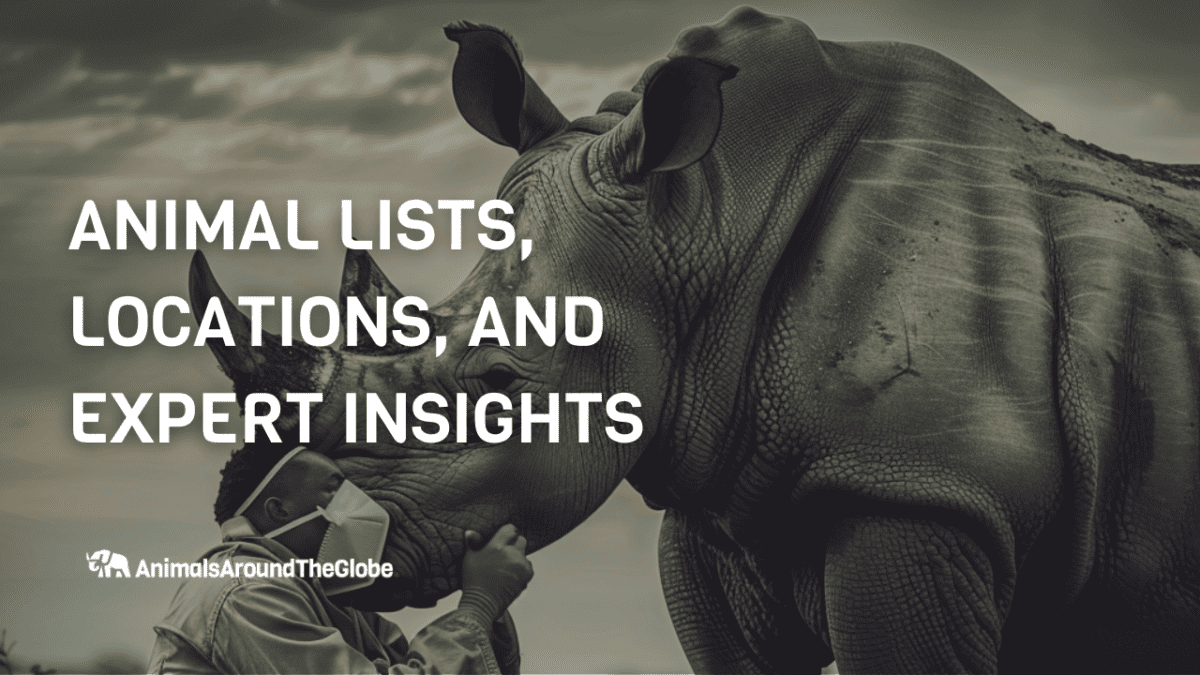Explore the amazing diversity of the animal kingdom with our A-Z encyclopedia. Dive into detailed information on a wide range of creatures, from their fascinating behaviors to their natural habitats. Learn from experts and discover the unique characteristics of each species.
Want to plan your next wildlife adventure? We’ve got you covered! We maintain lists of the most interesting animals in every country and US state, complete with information on where to find them.
There is little in life that fascinates me so much as animals, so i hope to share some of this love with you on our website.
A-Z Animal Lists – All 26 Letters from the Alphabet
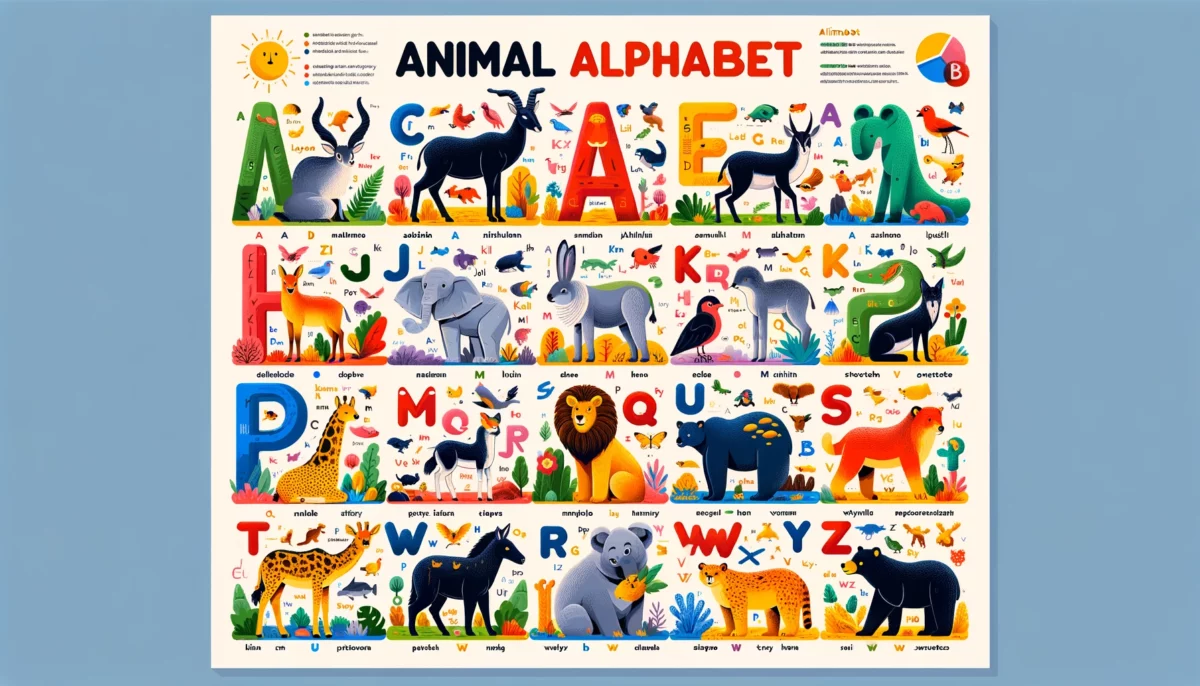
Our A-Z Animal Lists are your one-stop shop for exploring the incredible diversity of the animal kingdom. Journey from Aardvarks to Zebras, discovering fascinating facts and unique characteristics along the way. Whether it’s for a school assignment or just out of interest, we got you covered!
Click Here To See all A-Z Animal Lists
- Animals That Start with A
- Animals That Start With B
- Animals That Start With C
- Animals That Start With D
- Animals that start with E
- Animals That Start With F
- Animals That Start With G
- Animals That Start With H
- Animals That Start With I
- Animals That Start With J
- Animals That Start With K
- Animals That Start With L
- Animals That Start With M
- Animals that Start with N
- Animals That Start With O
- Animals That Start With P
- Animals That Start with Q
- Animals That Start With R
- Animals That Start With S
- Animals That Start With T
- Animals that Start with U
- Animals That Start With V
- Animals That Start With W
- Animals that Start with X
- Animals That Start With Y
- Animals That Start With Z
Animals List – The Top 10 of All Animals
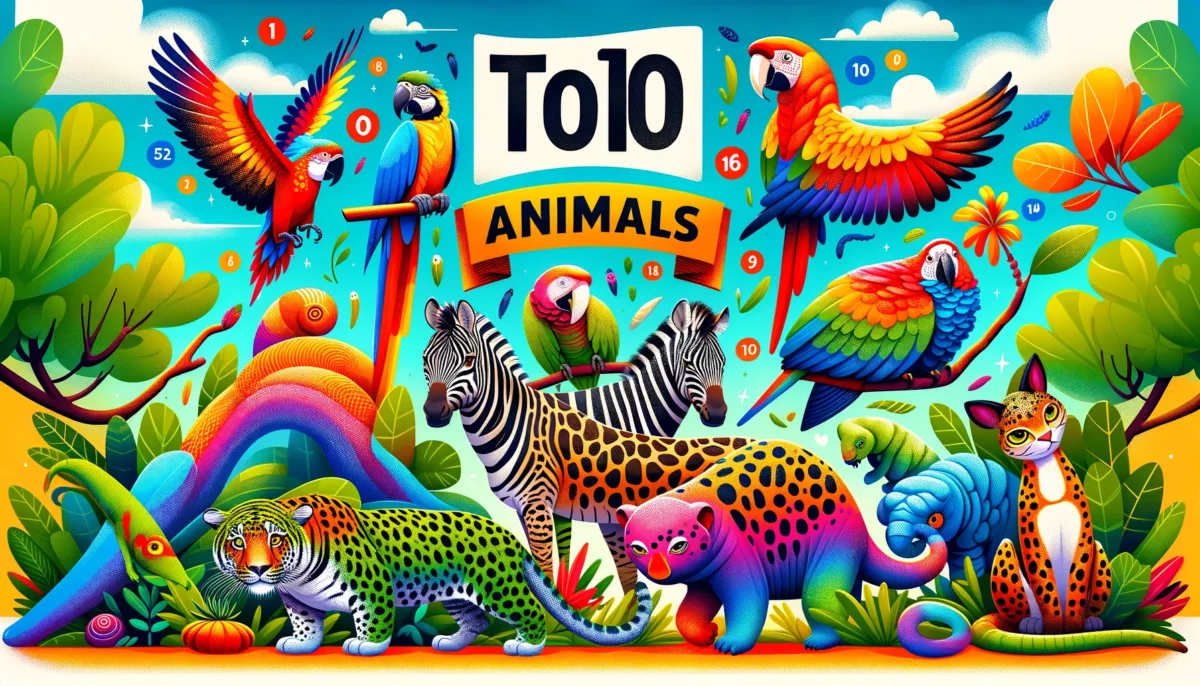
Have a look at our popular list of the most endangered, largest, biggest cutest and more animals. We have an articles for all of them, wether omnivores, carnivores, mammals and many more.
- 10 Animals From Animal Crossing
- 10 Animals Recently Gone Extinct
- 10 Animals That Eat Plants
- 10 Animals That Hibernate
- 10 Animals That Hibernate Through the US Winter
- 10 Animals That Kill The Most Humans
- 10 Animals That Live in Lakes
- 10 Animals that live in Swamps
- 10 Animals That Mourn and Grieve
- 10 Animals with an Additional Sixth Sense Beyond The Traditional Five
- 10 Animals with Down Syndrome
- 10 Animals with the Coolest Looks
- 10 Animals with the Worst Memory in the World
- 10 Cave Animals
- 10 Deadly Australian Animals
- 10 Dumbest Animals in the World
- 10 Guard Dog Breeds for Home Security in the USA
- 10 Highest Jumping Animals
- 10 Interesting Animal Migrations
- 10 Most Endangered Animals
- 10 Most Popular Pets Living in New York City
- 10 Reasons to Love Traveling
- 10 Scary Poisonous Animals Around the World
- 10 Things You Should Know About The Bald Eagle
- 10 Underwater Animals
- 10 Ways to live more sustainably
Animals by Color – The most famous colors and animals explained
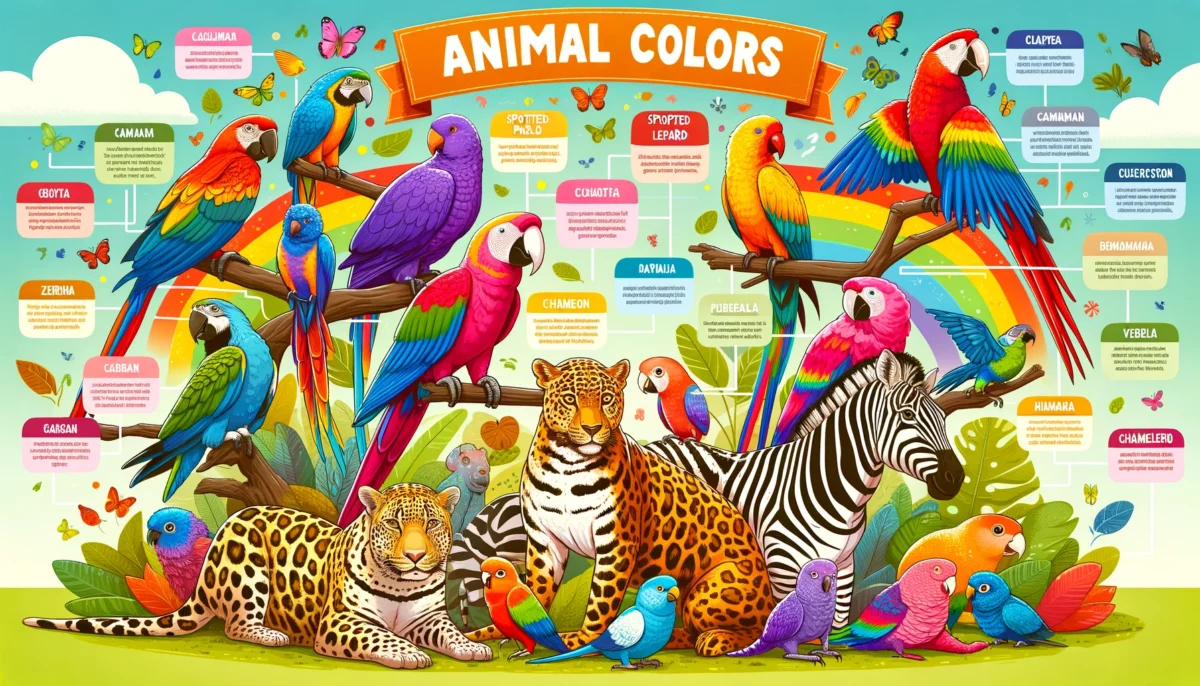
Want to learn about the color of your favorite animal? Check out the full list of the animals color variety. Red, Black, Blue and more.
- 10 Black Animals
- 10 Brown Animals
- 10 Green Animals
- 10 Orange Animals
- 10 Pink Animals
- 10 Purple Animals
- 10 Red Animals
- 10 White Animals
- 10 Yellow Animals
- Top 10 Blue Animals
Expert Insights – Get Educated About Animals By Professionals In Their Fields

Curious about the creatures that share our planet? Our team of animal experts is here to guide you. From seasoned veterinarians to passionate researchers, they bring a wealth of knowledge and a genuine love for the animal kingdom, offering insightful information and answering your most burning questions.
- 10 Interesting Animal Migrations
- 12 Easy Ways to Keep Your Pets Happy This Winter
- Are There Still Wild Horses in America?
- Battle of the Wilds: American Black Bear Confronts Northern Copperhead
- Did You Know That Horseshoe Crab’s Blue Blood Is Used In Vaccine Development
- Foreign Objects That Could Get Stuck In Your Dog
- German Shepherd vs. Jaguar: Who Reigns Supreme?
- Giant Whale Discovery Challenges Blue Whale Record
- Great White Shark Diet
- How Does A Zebra Get Spots?
- Looking After Your Pets on Guy Fawkes – 5 November
- Ruminant Animals
- Sandprawns: Unsung Heroes Of Threatened Coastal Ecosystems
- The Origin of Dogs: How Dogs Became Our Best Friends
- The Origin of Horses Dates Back 50 Million Years Ago
- What Can Dogs Eat – A Complete Dogs Dietary Guide
- Where Did The 600 Million Domestic Cats In The World Come From?
- Why Do We Dress Our Pets In Halloween Costumes?
Jump here right to all of our expert insights or choose a specific article below.
Animals and Wildlife By Location – Explore Them All Around The Globe
Ready to explore the wild world? We’ve got your passport stamped! Discover incredible animals from every corner of the globe. From spotting majestic tigers roaming the jungles of India to witnessing the tuxedoed penguins waddling across the icy plains of Antarctica, our location guides will show you the coolest creatures and the best places to find them.
Animals in North America
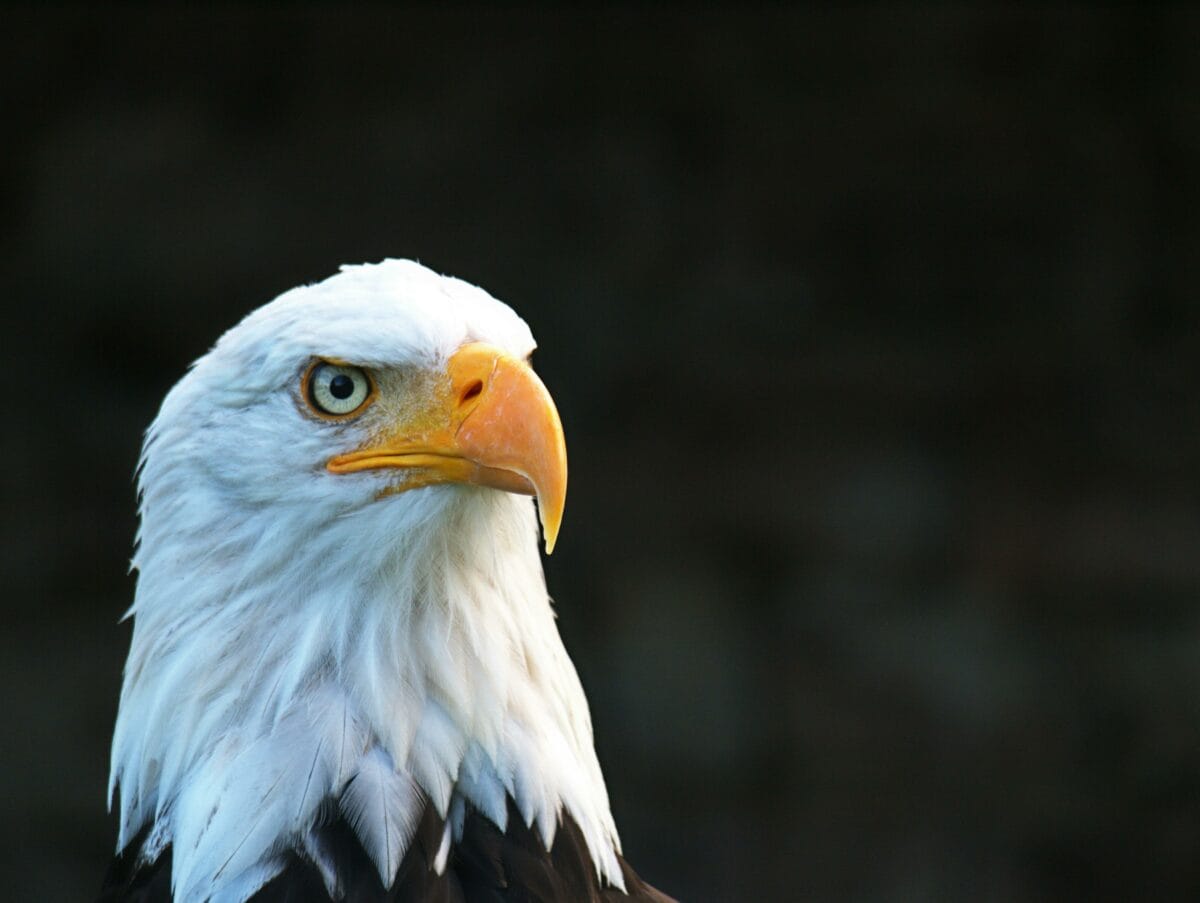
- 10 Best Dog Breeds for Families in the USA
- 10 Longest Biking Trails In The United States
- 13 Best Lakes For Fishing In The United States
- 30 U.S. States Where Bears Still Roam Wild and Free
- 6 Most Leech-Infested Lakes In The US
- Animals and Wildlife in Alaska
- Animals and Wildlife in Alaska: A Complete Guide
- Animals and Wildlife in Alberta
- Animals and Wildlife in America
- Animals and Wildlife in British Columbia
- Animals and Wildlife in California
- Animals and Wildlife in Colorado
- Animals and Wildlife in Connecticut
- Animals and Wildlife in Costa Rica
- Animals and Wildlife in Delaware
- Animals and Wildlife in Georgia
- Animals and Wildlife in Illinois
- Animals and Wildlife in Indiana
- Animals and Wildlife in Iowa
- Animals and Wildlife in Kansas
- Animals and Wildlife in Kentucky
- Animals and Wildlife In Louisiana
- Animals and Wildlife in Maine
- Animals and Wildlife in Manitoba
- Animals and Wildlife In Maryland
- Animals and Wildlife in Massachusetts
Animals in South America
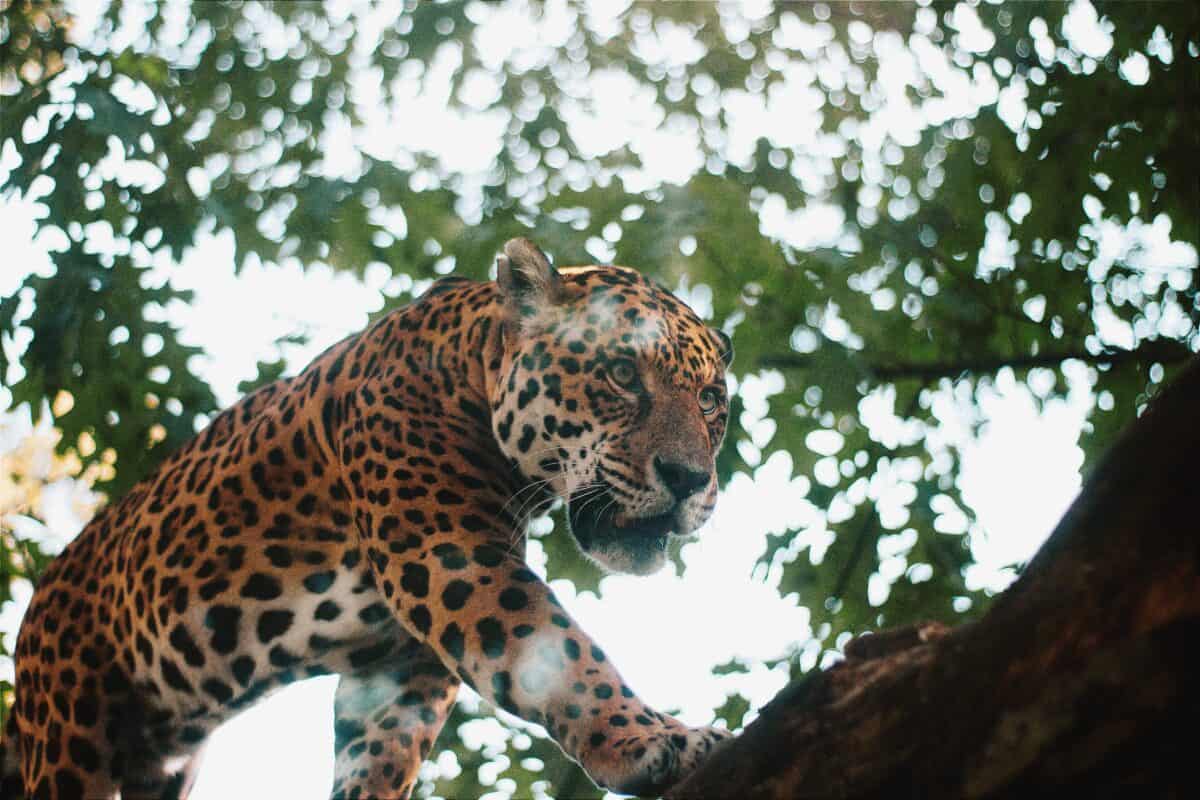
- 41 Parrots In Guatemala Saved From Trafficking
- Animals and Wildlife in Antarctica
- Animals and Wildlife in Chile
- Animals and Wildlife in South America
- Animals and Wildlife in the Bahamas
- Animals of the Amazon
- Discover Florida’s Most Dangerous Animals
- Discovering Michigan’s Wildlife
- Explore Black Bear Habitats in Upstate New York
- Five Most Dangerous Animals in South America
- Meet California’s Mountain Lion Population
- Pablo Escobar’s Hippos: A Conservation Conundrum in Colombia
- Pantanal Under Flames: Home To Biggest Jaguar Population
- Spider Monkeys: Nature’s Agile Acrobats
- The 4 Best Places to See Alpacas
- What You Need To Know About Sloths
Animals and Wildlife in Europe
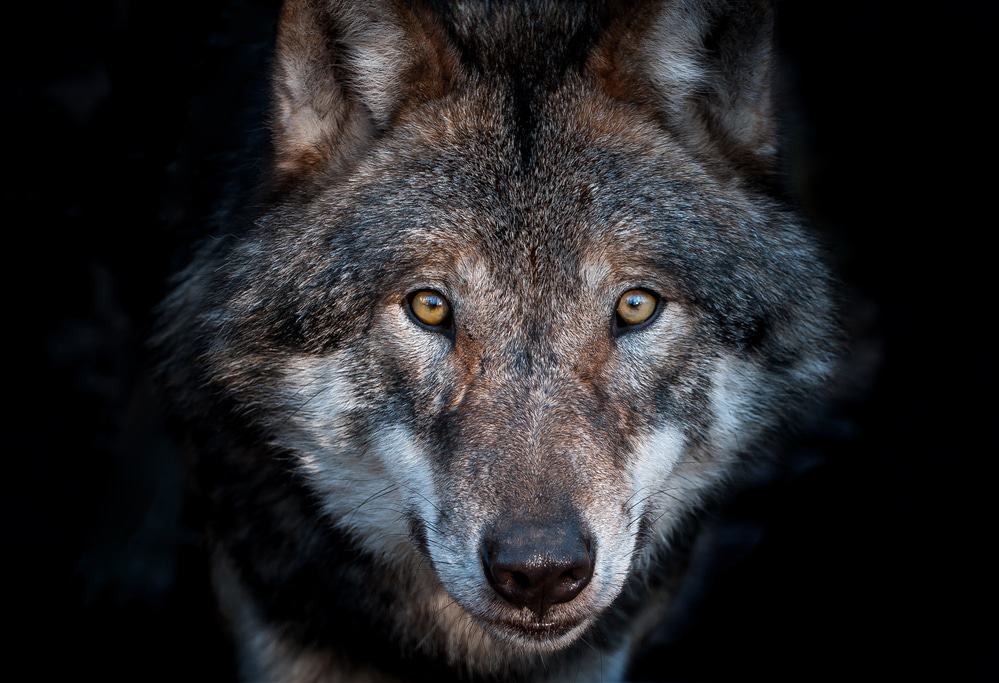
- Animals and Wildlife in England
- Animals and Wildlife in France
- Animals and Wildlife in Germany
- Animals and Wildlife in Italy
- Animals and Wildlife in Spain
- Animals in Greece
- Critically Endangered: Watch Black Rhino Born at Chester Zoo
- Enchanting Wildlife of Europe: A Symphony of Beauty
- Explore The Azores
- Growing and Caring for the Leyland Cypress
- Sicily’s Sea Urchin Debacle: A Delicacy at the Brink of Extinction
- Top 10 Animal Encounters in Europe
- Wildlife of Sweden
Animals in Africa
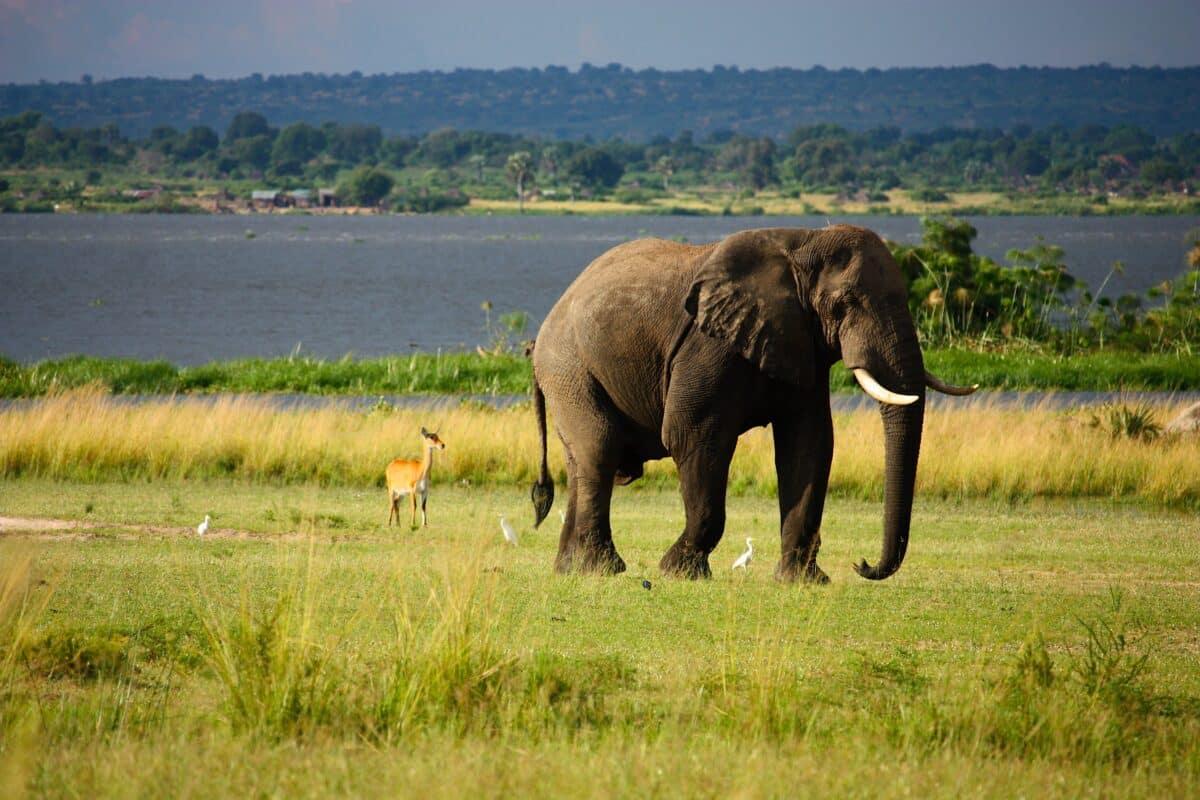
- 10 Best African Countries for Safari
- 24 Baby Animals That Call The Savannah Home
- 5 Best Places to See African Wild Dogs
- A Closer At Some Of Africa’s Deadliest Animals
- A South African Safari Must – Crossing Lodges in the UNESCO Waterberg Biosphere
- Animals and Wildlife in Africa
- Blue Whales Return to Seychelles Seas After Decades
- Chimp Swoops in on Eagle’s Meal
- Diplomatic Tension and 20,000 Elephants: What’s Going on Between Botswana and Germany?
- Evidence Of “Flying” Hippos
- Hippos to the Rescue: Wildebeest Saved from Crocodile Attack
- Kruger National Park – All you need to know
- Lebron James vs. Giraffe – A Unique Height And Reach Challenge
- Lion Gets A Scare From A Man
- Lioness Stuck In A Tree With an Eager Buffalo Herd Underneath
- Masai Mara Wildlife
- Meet Africa’s Largest Bird: The Martial Eagle
- Newborn Orphan Rhino Who Survived a Night in The Wild is Considered a Rescue Miracle
- Rhino Renaissance: Reviving African Savanna Through Farming
- Sardine Run: All you need to know
- Stranded in Virunga National Park: a COVID-19 Experience
- The Best Places to See the Big 5
- The Fastest Animal on Earth: So, How Quick Are Cheetahs?
- The Ugly Five In Africa
- Top 10 Safari Parks in Africa
- Turning Nocturnal: Cheetah’s Are Adapting to Global Warming
Animals in Asia
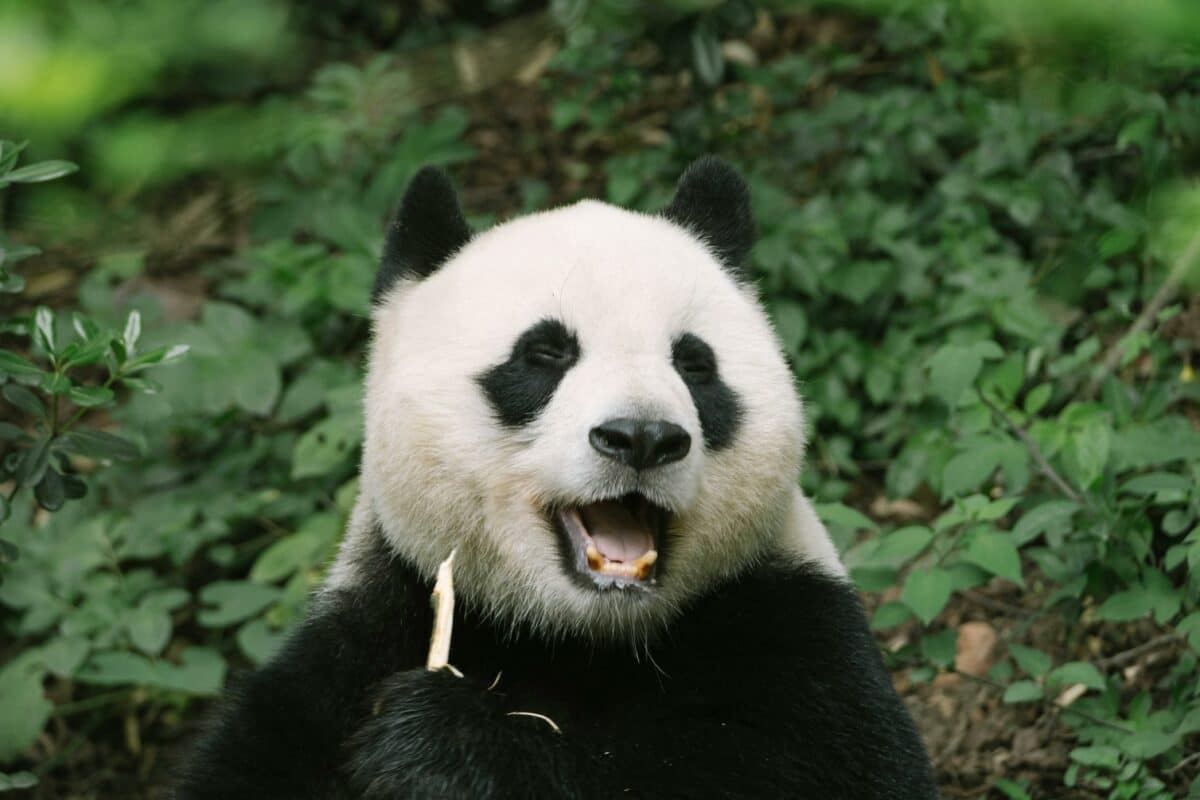
- 23 Most Endangered Animals in Asia
- A Rarity: Malayan Tiger Caught on Camera
- Animals and Wildlife in Indonesia
- Animals and Wildlife in Japan
- Animals and Wildlife in Nepal
- Animals and Wildlife in Thailand
- Animals and Wildlife in the Maldives
- Animals and Wildlife in the Philippines
- Crisis for Sumatran Orangutans: 2024 Update
- Did You Know There Are Monkey-Eating Eagles?
- Exploring the Rich Diversity of Himalayan Wildlife
- Hungry Elephant Smashes Car Window for a Snack
- India Records Highest Tiger Deaths in Over a Decade
- Mali, The Elephant Considered the World’s ‘Saddest,’ Passes Away
- Navigating Heights: The Bar-Headed Goose’s Skyborne Prowess
- Tiger vs. Rhino: The Predator and the Tank
- Top 10 Animals and Wildlife in Vietnam
- Top 10 Chinese Animals
- Top 10 Pet Animals in India
- Unfathomable: Wild Boars Attack a Lonesome Leopard in India
- Urban Monkeys: Adapting to City Life
- Watch: Bears First Time Outdoors After 20 Years
- Watch: First Giant Panda Born in South Korea Departs for China, Leaving Thousands in Tears
- Where to see the Big 5 of India
- You Don’t See That Everyday: Snake Drags Rat into AC
Animals in Australia
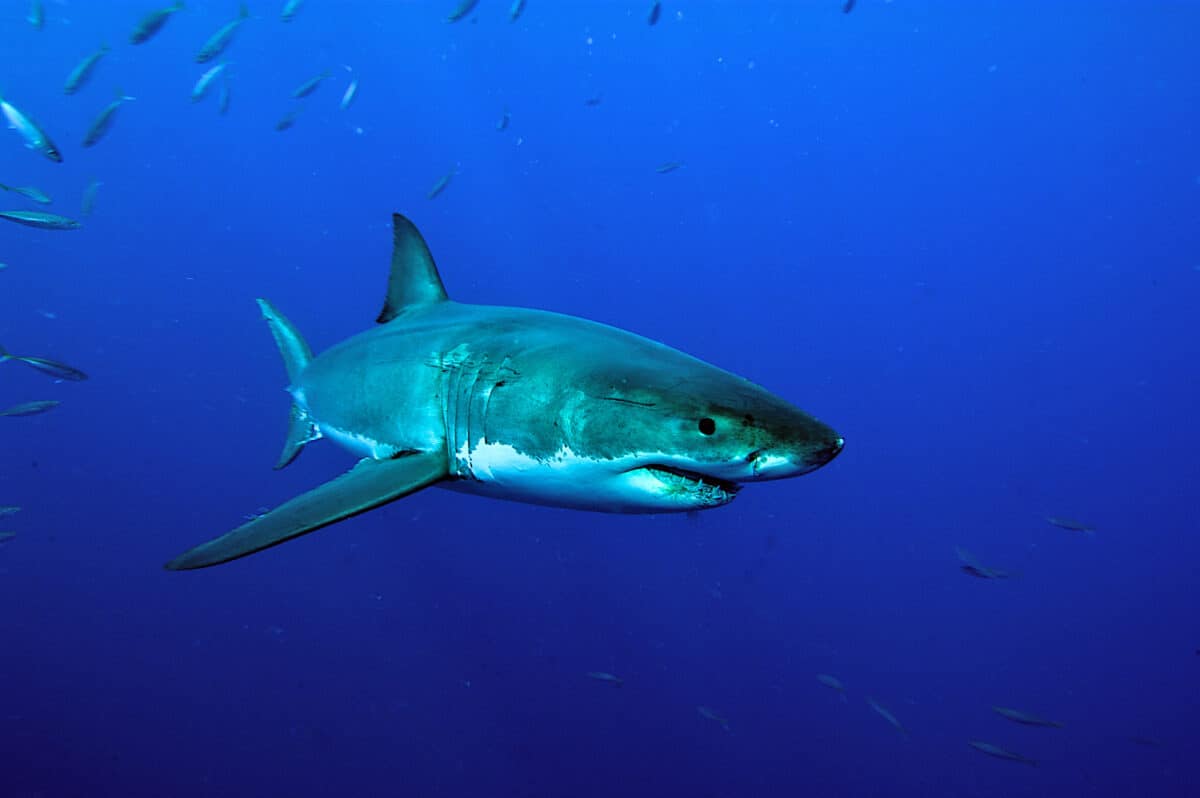
- 9 Best Places to See Kangaroos in the Wild
- Australia’s Notorious Five: Deadliest Animals Down Under
- Elsa, The World’s Most Famous Koala Gives Birth to A Joey of Her Own
- From Florida to Hawaii: Seals Diminishing, Shark Attacks Rising
- Incredible: The Biggest Kangaroo Ever Recorded
- Interesting Animals You Will Find In Australia
- Orphaned Koala Becomes Proud Mom
- Watch: Podcaster Unaware of Snake Dangling Behind Him
Further Animal Categories
Animal Bites
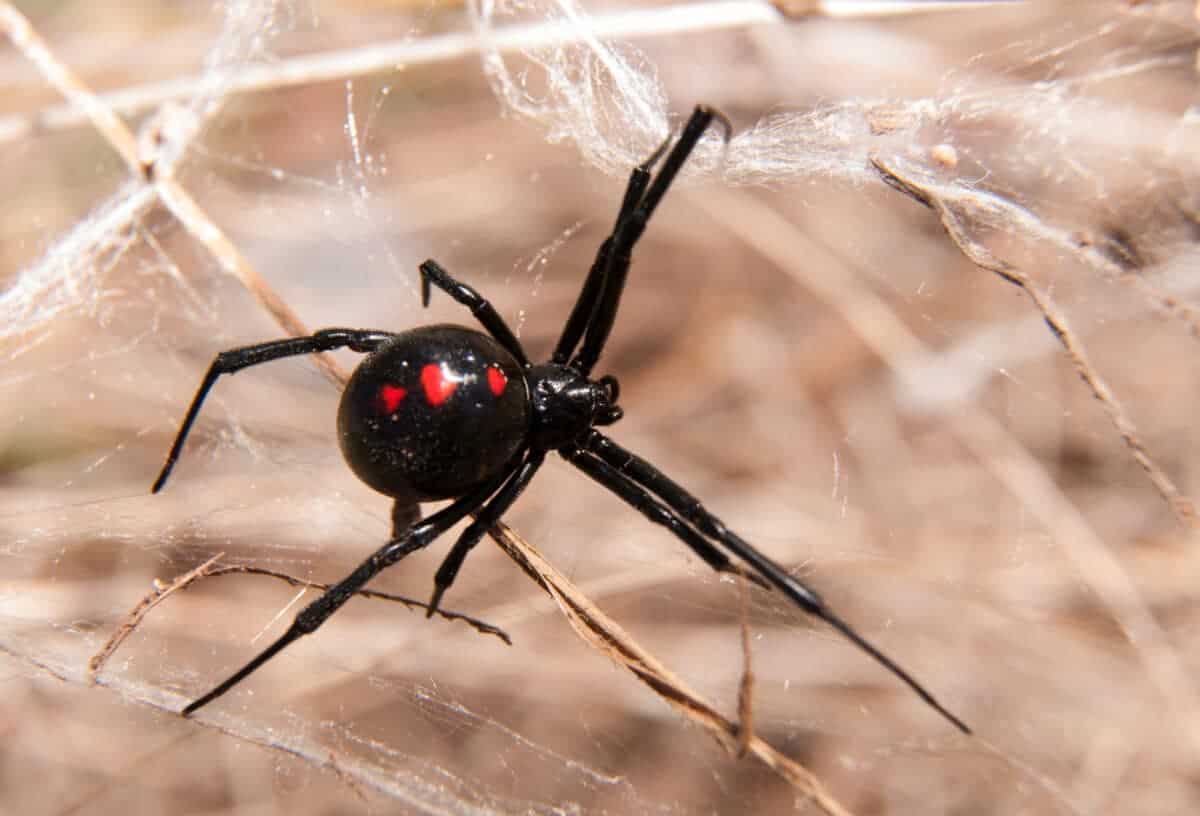
- 5 Facts on Western Hognose Snake Bite
- 7 Facts on How To Deal With Bearded Dragons
- 8 Facts on Worlds Most Venomous Snake Bite
- Boomslang Snake Bite
- Box Jellyfish Sting
- Brazilian Wandering Spider Bite
- Dealing With A Rat Snake Bite
- Discover Green Tree Viper Bite
- Discover Palm Pit Viper Bite
- Discover The Fer-De-Lance Pit Viper Bite
- Discover Timber Rattlesnake Bite
- Discover: Redback Spider Bites
- Discover: Western Diamondback Rattlesnake Bite
- Do Bumble Bees Sting?
- Eastern Diamondback Rattlesnake Bite
- Everything You Need to Know About The Vicious Temple Viper Bite
- Eyelash viper bite
- Fearsome Saw-Scaled Viper Bite
- Gila Monster Bite
- Green Iguana Bites: 10 Essential Tips for Safe Pet Ownership
- How Can You Avoid Getting Bitten By A Yellow Sac Spider
- Massive Komodo Dragon Attacks an Innocent Goat
- Need To Know: Coastal Taipan Bite
- Sharp-Nosed Pit Viper
- Surviving A Gaboon Viper Bite
- Sydney Funnel – Web Spider Bite
Animal Comparison
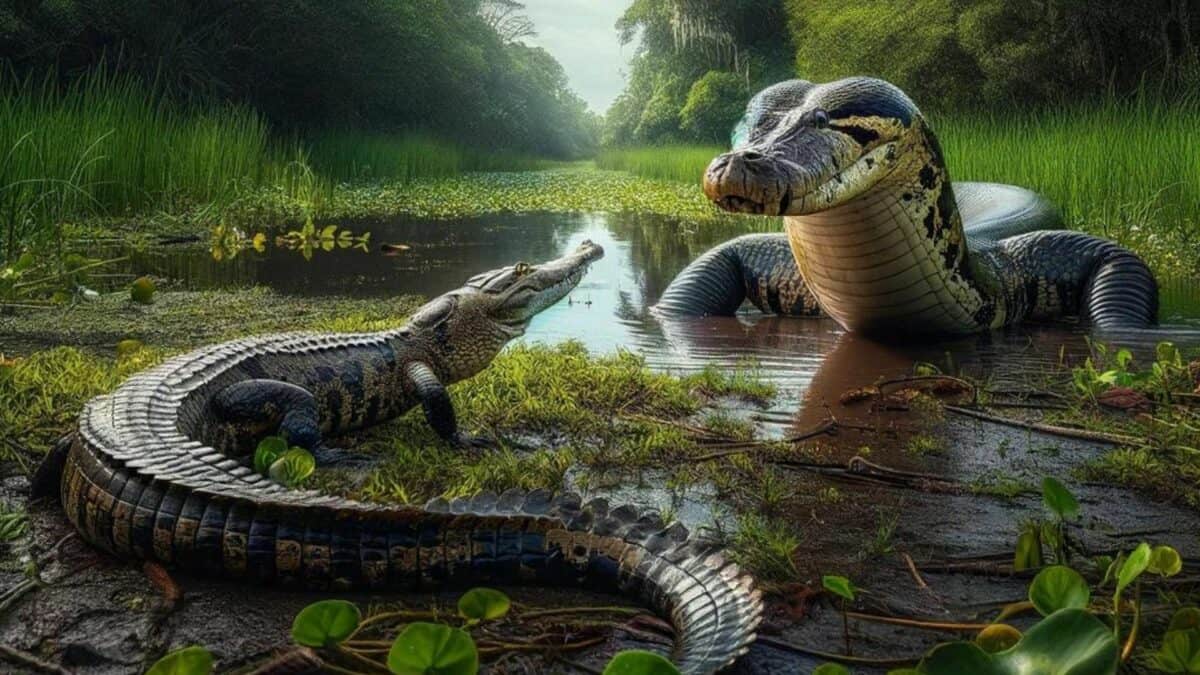
- Puma vs. Hippo
- 13 Images on Dog Breed Comparison: German Shepherd Vs. Pitbull
- 17 Facts on Lion vs. Tiger
- 20 Facts on Great White Shark Vs. Tiger Shark
- A Detailed Comparison Between Tiger vs. German Shepherd
- African Elephant vs. African Buffalo
- African Elephant vs. Moose
- African elephant vs. Mule deer
- African Elephant vs. Pygmy Hippopotamus
- African Elephant vs. Wild Horse
- African Elephants vs. Bactrian Camels
- Alaskan Malamute Vs. Bearded Collie
- Allosaurus vs T-Rex: A Showdown
- American Black Bear Vs. North American River Otter
- American Black Bear vs. Puma
- American Black Bear vs. Tasmanian Devil
- American Black Bears Vs. Nile Crocodiles
- American Cougar vs. Western Diamondback Rattlesnake
- An Animal Comparison: Hippo vs Cobra
- An Animal Showdown: Cobra vs Gorilla
- An Animal Showdown: Great White vs Bull Shark
- Animal Comparison: Alligator vs Crocodile
- Animal Comparison: Nile Crocodile vs Wolverine
- Animal Comparison: Tiger vs. Pitbull
- Basset Hound Vs. Miniature Schnauzer
- Battle of the Wilds: American Black Bear Confronts Northern Copperhead
Endangered Animals
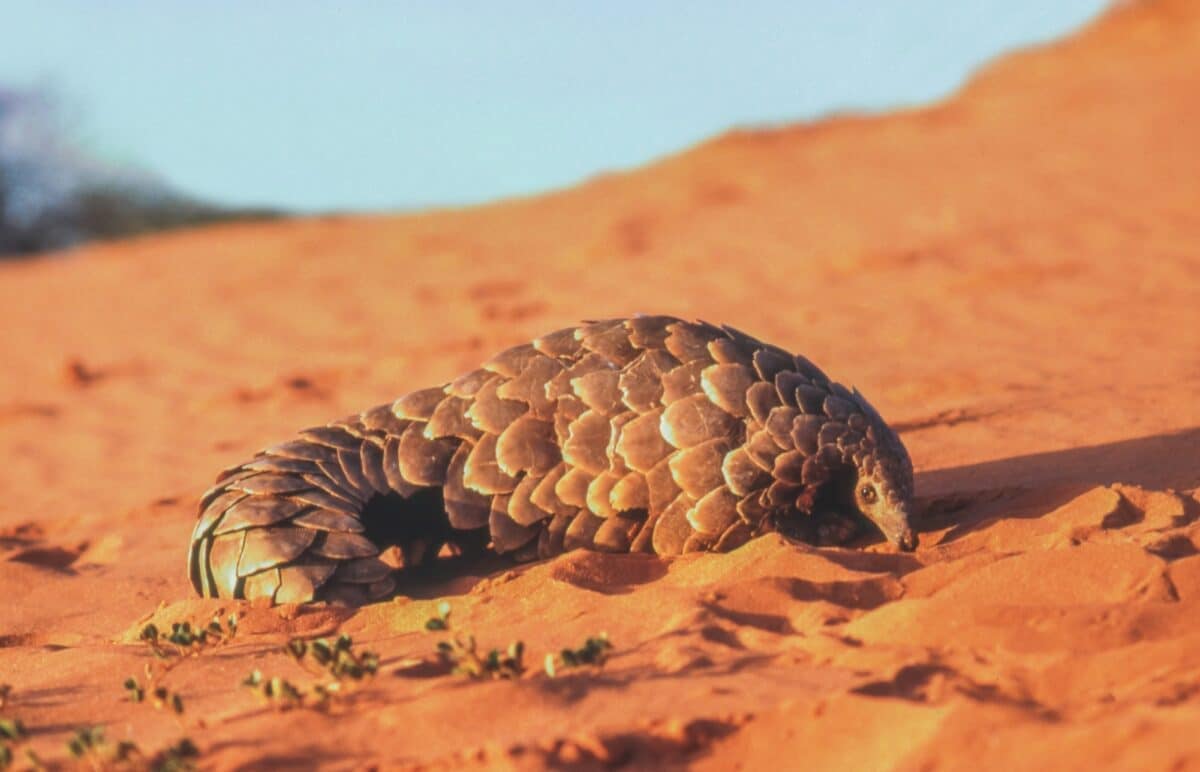
- 10 Endangered Animals in the Amazon Rainforest
- 10 Most Endangered Animals in South America
- 11 Most Endangered Whales
- 14 Most Endangered Big Cats In The World
- 15 Most Endangered Reptiles In The World
- 16 Most Endangered Animals at the North Pole
- 17 Most Endangered Birds in the World
- 18 Most Endangered Animals Due to Human Activity
- 19 Most Endangered Amphibians
- 19 Most Endangered Animals In Africa
- 2024: Colorado’s Bald Eagle Population the Largest Ever
- 21 Most Endangered Primates
- 22 Most Endangered Sharks in the World
- 23 Most Endangered Animals and Wildlife in Europe
- 23 Most Endangered Animals in Asia
- 23 Most Endangered Spiders
- 5 Animals That May Be Extinct By The Time You Have Grandchildren
- 8 Most Endangered Bears
- A Journey of Pink: Exploring the Migration of Flamingos
- All You Need to Know about the Endangered Animals in Washington
- Animals That Have Come Back From Extinction
- Animals That Might Not Survive 2024
- Blue Whales Return to Seychelles Seas After Decades
- Earth’s Rarest Animals
- Facing Extinction: North America’s Most Endangered Wildlife
- First Ever Vulture Chick Hatched in Breeding Facility
Animal Frequently Asked Questions (FAQs)
There are more than 7 million species of animals in the world.
They communicate through various means including sounds, body language, scent marking, and, in some cases, even using bioluminescence. This communication can be for purposes such as attracting mates, signaling danger, establishing territory, or coordinating group activities.
Animals migrate primarily for survival reasons. This includes moving to areas with more abundant food sources, better climates, or suitable breeding grounds. Migration patterns can be seasonal or triggered by environmental conditions.
It is estimated that around 92 billion animals are killed every single year. So there is still a lot do to for animal and nature conservation.
We love animals, please share this post if you like it.
Did we miss a story, a fact? Please send your comment, feedback or story to feedback@animalsaroundtheglobe.com and or comment below!
Newest Category: Animals
- Third Elk Incident in Two Weeks in Estes Park, Colorado and How to Stay Safe - July 4, 2024
- 17 Animals That Mate For Life - June 24, 2024
- 13 Animals That Lay Eggs (Some Might Surprise You!) - June 16, 2024

